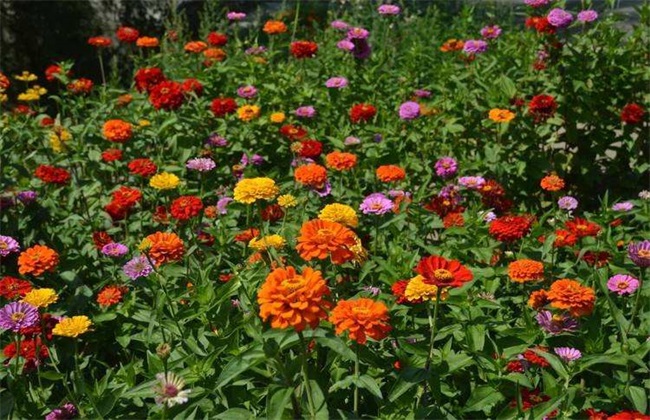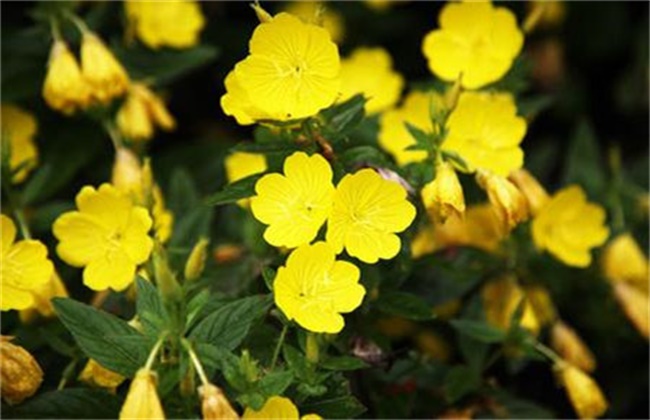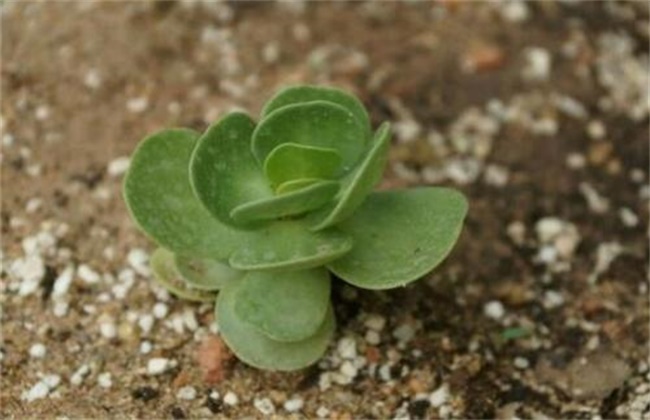Culture methods and matters needing attention of zinnia
Zinnia, also known as zinnia, is a kind of annual herb of Compositae. It has high ornamental value. As a potted plant, it is very popular in all parts of our country. And the whole herb can be used in medicine, which has the effect of treating fever, wind and fire toothache and so on. So how to raise the hundred-day grass? The following editor brings you the breeding methods and matters needing attention of zinnia, let's take a look at it! .

1. Methods of reproduction
The propagation methods of zinnia can be divided into two kinds: sowing and cutting. Because of the method of cutting propagation, the whole seedling rate is not as high as sowing propagation, so it is generally mainly sowing propagation. Before sowing and reproducing, we should select healthy and disease-free seeds and disinfect and germinate the seeds. Then sow in spring, and the specific sowing time can be adjusted according to the time you want to blossom. The time from sowing to flowering is generally about three months, so we can adjust it according to this time point. However, attention should be paid to the temperature when sowing, which should be kept at about 20 degrees.
2. Water and fertilizer management
When the zinnia is planted, we should first apply sufficient base fertilizer. If it is a potted plant, then after the root grows to the bottom of the pot, you can start the work of topdressing, about 3 times a week, with appropriate calcium fertilizer. To provide sufficient growth nutrition for zinnia to ensure normal growth. Then we should pay attention to control the amount of water, because the zinnia has a strong drought tolerance, so the requirement of moisture is not too high. Keep the soil moist properly, but in summer and autumn, you can appropriate more watering, but be careful not to let the soil produce stagnant water.
3. Adjustment of plant type
When raising hundred-day grass, we should also pay attention to do a good job of heart-picking. If the heart is not picked in time, it will lead to too few lateral branches of the plant and a decrease in flowering rate. If the heart is picked properly, the plant can be dwarfed and the number of flowers can be increased. When the seedlings grow about 4 leaves, the coring work is carried out in combination with planting to promote the growth of the lower branches of the plant and adjust the plant type. About 7 days after planting, heart-picking was carried out, about 8 leaves were retained, and then whether to continue heart-picking was determined according to the growth of zinnia. After flowering, an appropriate amount of phosphorus and potassium fertilizer is applied to promote the flower head to grow, and the flower leaves fall behind to cut off the withered flower head so as to avoid consuming too much nutrition.
4. Points for attention
Zinnia likes to grow in a warm environment and has a great demand for light, but its high temperature resistance and cold resistance are relatively poor. Therefore, we should pay attention to control the temperature, the daytime temperature should be controlled at about 20 degrees, and the temperature difference between day and night should be kept at about 5 degrees. The growth rate of zinnia is very fast in summer, and the sun can be directed at it by all-day sunlight. If the light is not enough, then the hundred-day grass is very easy to grow, and the resistance will be reduced, resulting in flowering affected.
The above is a brief introduction to the breeding methods and matters needing attention of zinnia. That's all for today's introduction. This article is for reference only. I hope it can help you all.
Related
- Fuxing push coffee new agricultural production and marketing class: lack of small-scale processing plants
- Jujube rice field leisure farm deep ploughing Yilan for five years to create a space for organic food and play
- Nongyu Farm-A trial of organic papaya for brave women with advanced technology
- Four points for attention in the prevention and control of diseases and insect pests of edible fungi
- How to add nutrient solution to Edible Fungi
- Is there any good way to control edible fungus mites?
- Open Inoculation Technology of Edible Fungi
- Is there any clever way to use fertilizer for edible fungus in winter?
- What agents are used to kill the pathogens of edible fungi in the mushroom shed?
- Rapid drying of Edible Fungi



